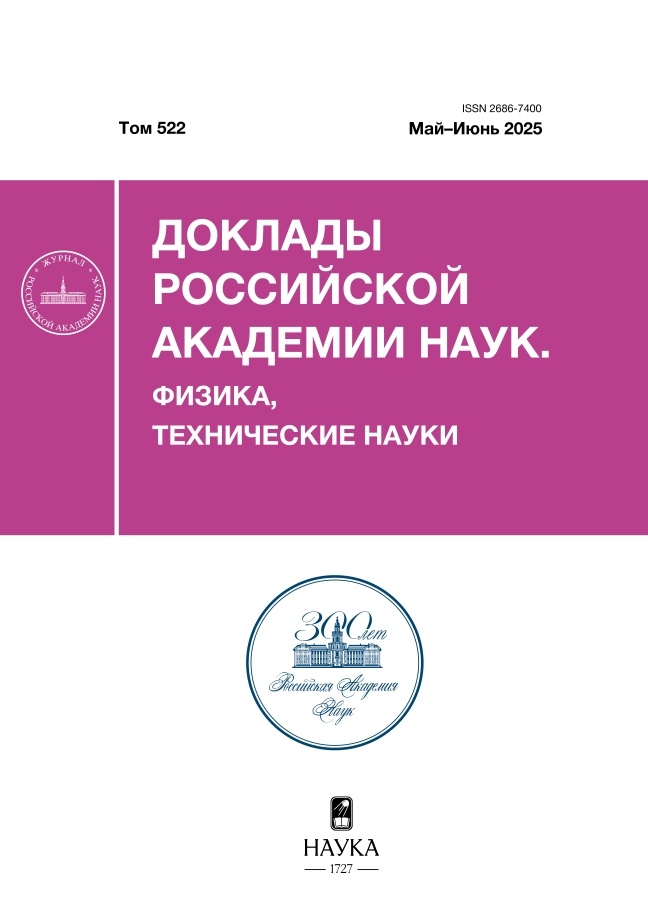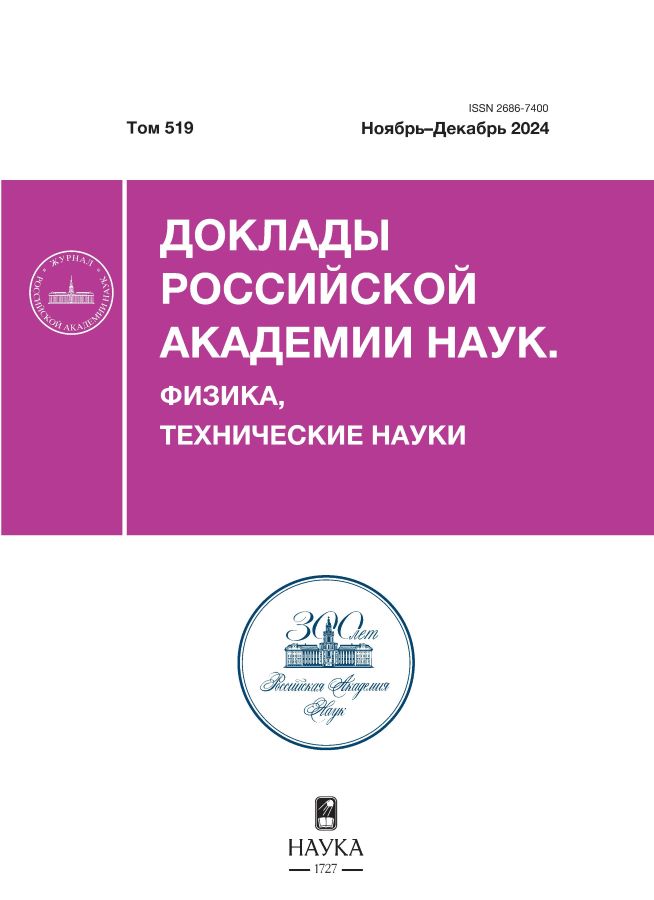ФИЗИЧЕСКИЙ СМЫСЛ И КРИТИЧЕСКИЕ УСЛОВИЯ ЗАЖИГАНИЯ И САМОВОСПЛАМЕНЕНИЯ
- Авторы: Филиппов А.А1, Филиппов-Кузнецов Р.А1, Берлин А.А2
-
Учреждения:
- Федеральный исследовательский центр химической физики им. Н. Н. Семенова Российской академии наук
- Федеральный исследовательский центр химической физики им. Н. Н. Семенова Российской академии наукН
- Выпуск: Том 519, № 1 (2024)
- Страницы: 30-34
- Раздел: ФИЗИКА
- URL: https://kld-journal.fedlab.ru/2686-7400/article/view/682468
- DOI: https://doi.org/10.31857/S2686740024060053
- EDN: https://elibrary.ru/HVZSPO
- ID: 682468
Цитировать
Полный текст
Аннотация
Рассчитан профиль температуры самовоспламенения в плоском сосуде с разными температурами стен и показана невозможность предельного перехода к зажиганию. Самовоспламенение и зажигание - разные физические явления. Самовоспламенение идет в объеме горючего без участия внешнего источника тепла, а зажигание идет в узком слое горючего у накаленной поверхности при большом потоке тепла от нее. Точка перегиба, являющаяся точкой бифуркации, возникает в первоначальный момент зарождения очага зажигания в нестационарном профиле температуры. Физический смысл критических условий самовоспламенения и зажигания - нарушение баланса тепла в месте теплового взрыва. Критические условия являются поверхностями бифуркации, разделяющими зоны “жизни” и “смерти” горючих систем. В первой они существуют, а во вторую не могут попасть, выгорая на границе.
Об авторах
А. А Филиппов
Федеральный исследовательский центр химической физики им. Н. Н. Семенова Российской академии наук
Email: 7987961@mail.ru
Москва, Россия
Р. А Филиппов-Кузнецов
Федеральный исследовательский центр химической физики им. Н. Н. Семенова Российской академии наукМосква, Россия
А. А Берлин
Федеральный исследовательский центр химической физики им. Н. Н. Семенова Российской академии наукНакадемик РАН Москва, Россия
Список литературы
- Семенов Н.Н. Цепные реакции. Л.: ОНТИ, 1934. 110 с.
- Франк-Каменецкий Д.А. // ДАН СССР. 1938. Т. 18. С. 411.
- Зельдович Я.Б. Теория зажигания накаленной поверхностью // ЖЭТФ. 1939. Т. 9. № 12. С. 1530-1534.
- Баренблатт Г.И. Параграф 15 в статье И.М. Гельфанда. Задачи теории квазилинейных уравнений // УМН. 1959. Т. 154. № 4. С. 787-790.
- Соколик А.С. Самовоспламенение, пламя и детонация в газах. М.: Изд-во АН СССР. 1960.
- Зельдович Я.Б. К теории зажигания. Доклады АН СССР. 1963, Т. 150, № 2. С. 283.
- Мержанов А.Г., Аверсон А.Е. Современное состояние тепловой теории зажигания. Препринт. Черноголовка. 1970.
- Аверсон А.Е. Теория зажигания. Препринт. Минск. 1977.
- Вилюнов В.И. Теория зажигания конденсированных веществ. Новосибирск: Наука. 1984.
- Франк-Каменецкий Д.А. Диффузия и теплопередача в химической кинетике. 2-е изд. М.: Наука, 1967.
- Зельдович Я.Б., Баренблатт Г.И., Либрович В.Б., Махвиладзе Г.М. Математическая теория горения и взрыва. М.: Наука, 1980.
- Филиппов А.А. К вопросу поджигания полимерных материалов накаленными телами. Межвузовский сборник научных трудов по химии и технологии элементоорганических полупродуктов и полимеров. Волгоград, 1984.
- Philippov A.A., Khalturinskiy N.A. To the theory of ignition by a hot surface: critical conditions for occurrence of explosive and avalanche-like processes / Zeldovic memorial. 2015. V. 2.
- Филиппов А.А., Берлин А.А. К теории зажигания накаленной поверхностью // Горение и взрыв. 2021. Т. 14. № 2.
- Филиппов А.А., Берлин А.А. Математическая теория зажигания накаленной поверхностью // Доклады РАН. Физика. Технические науки. 2022. Т. 503. С. 24-30.
- Филиппов А.А., Берлин А.А. Критические условия самовоспламенения в точках бифуркации. Доклады РАН. Физика. Технические науки. 2023. Т. 510. С. 34-37.
- Филиппов А.А. Критика “Теории зажигания накаленной поверхностью” Я.Б. Зельдовича. Самовоспламенение бесконечного горючего накаленным телом // Доклады РАН. Физика, технические науки. 2023. Т. 512. С. 40-43.
- Кумагаи С. Горение. М.: ИЛ, 1979.
- Арнольд В.И. Теория катастроф. М.: Наука, 1990.
- Шлихтинг Г. Теория пограничного слоя. М.: Наука, 1974.
- Гребер Г., Эрк С., Григуль У. Основы учения о теплообмене. М.: ИЛ, 1958.
Дополнительные файлы











